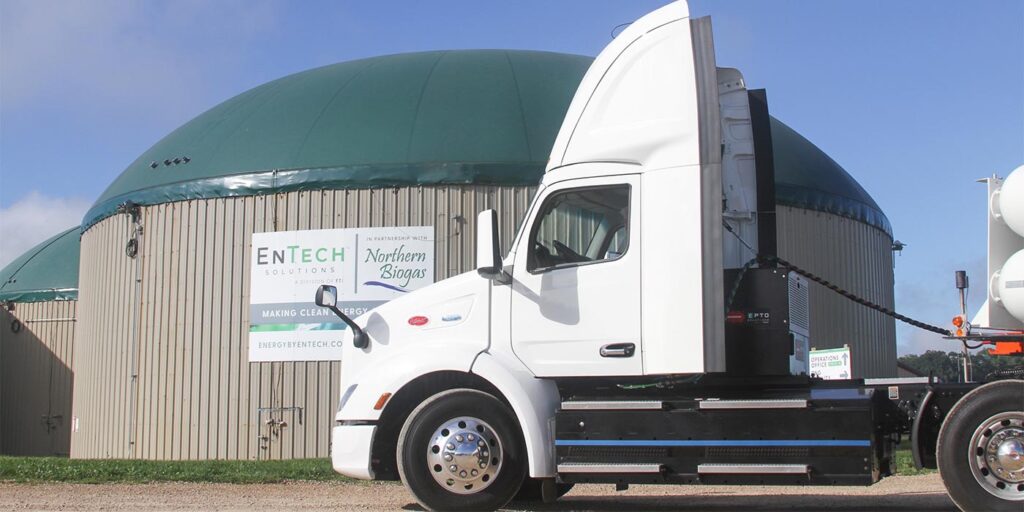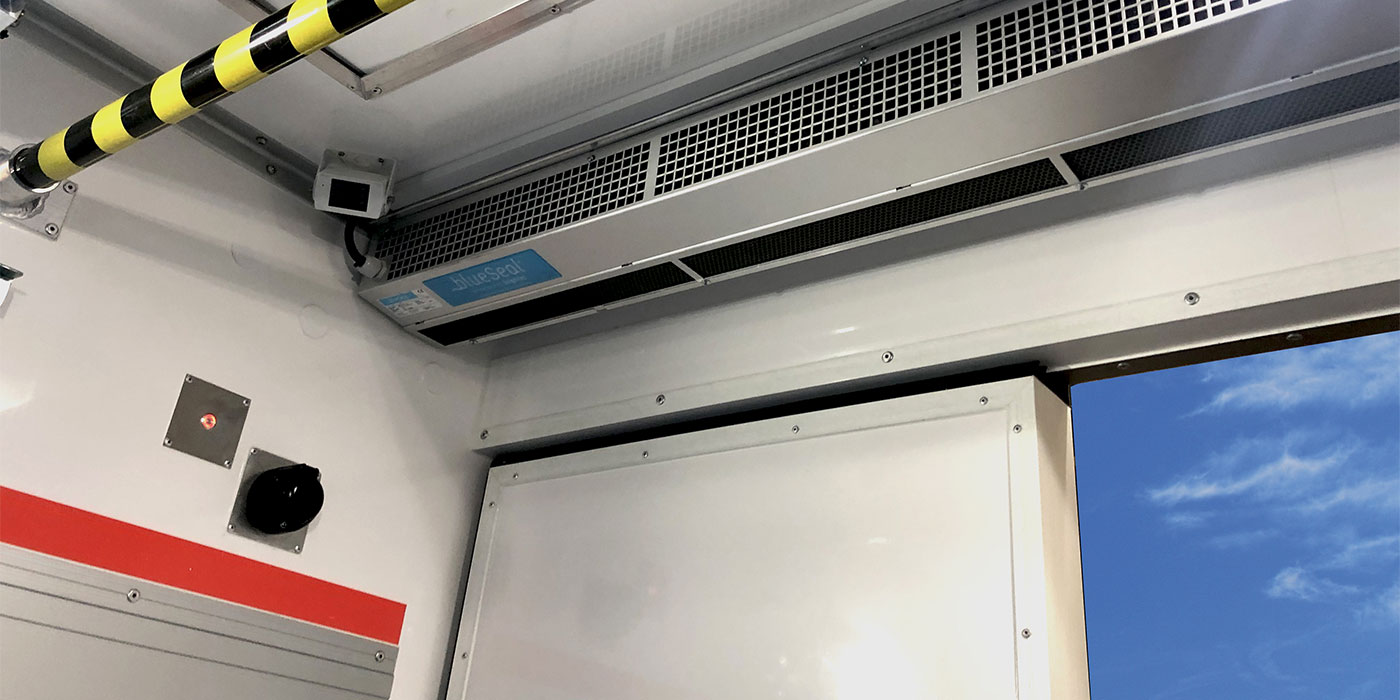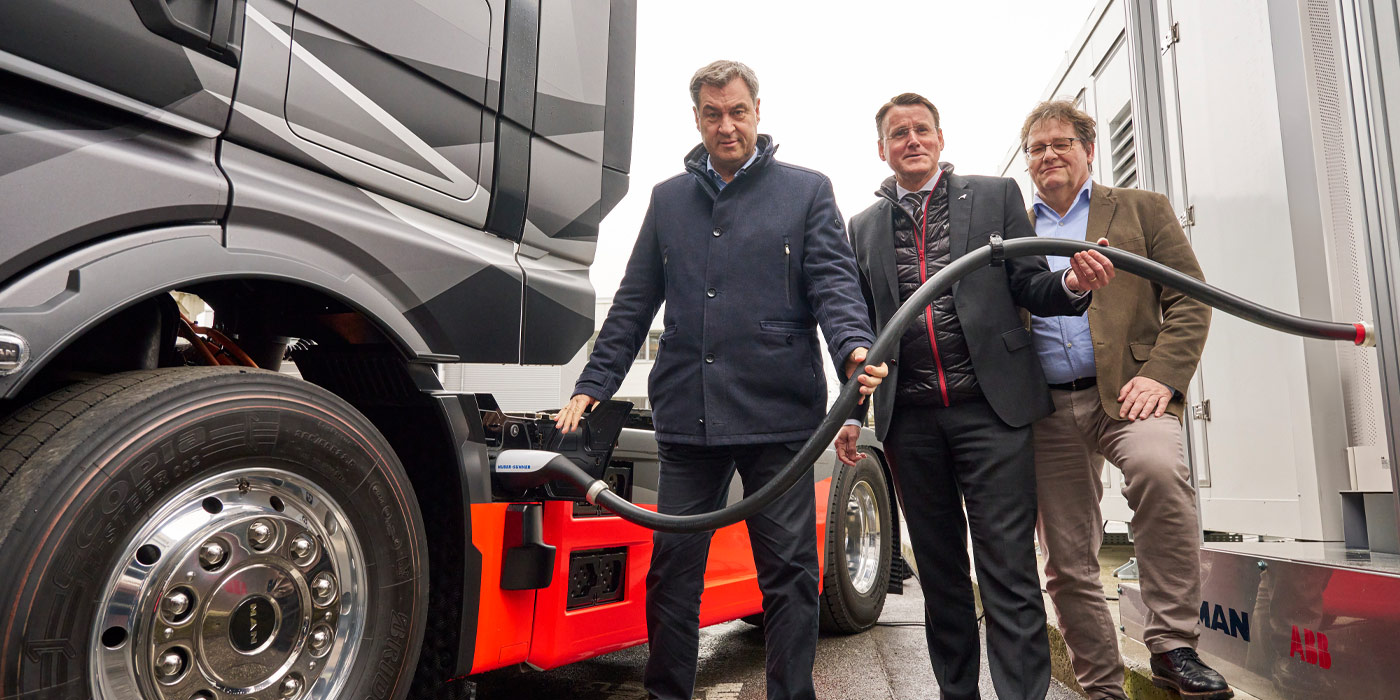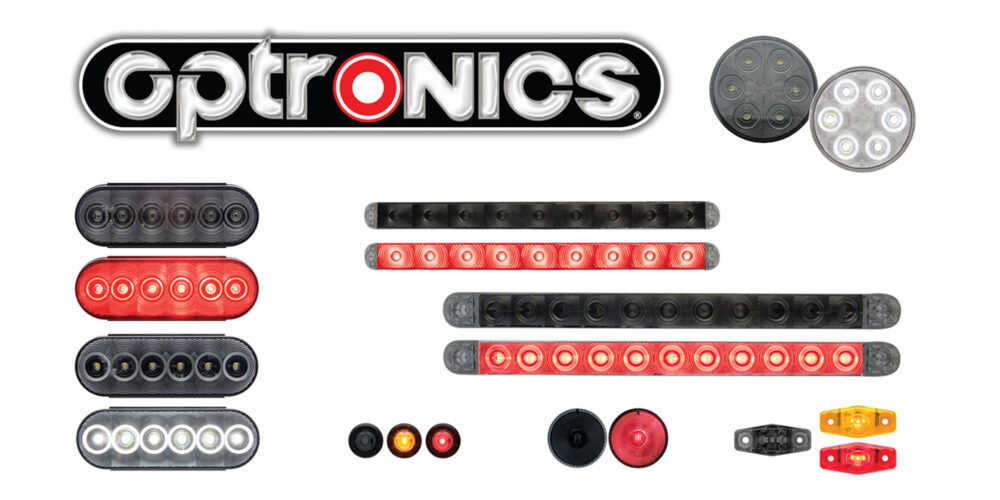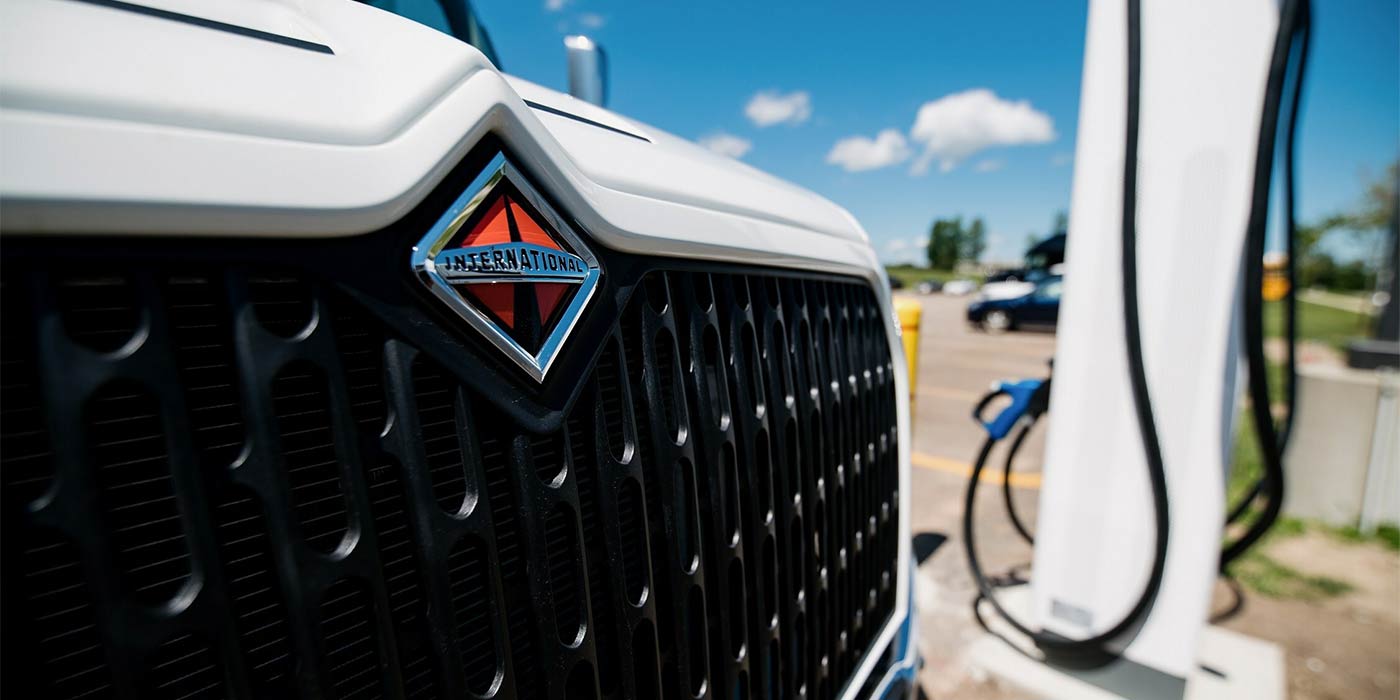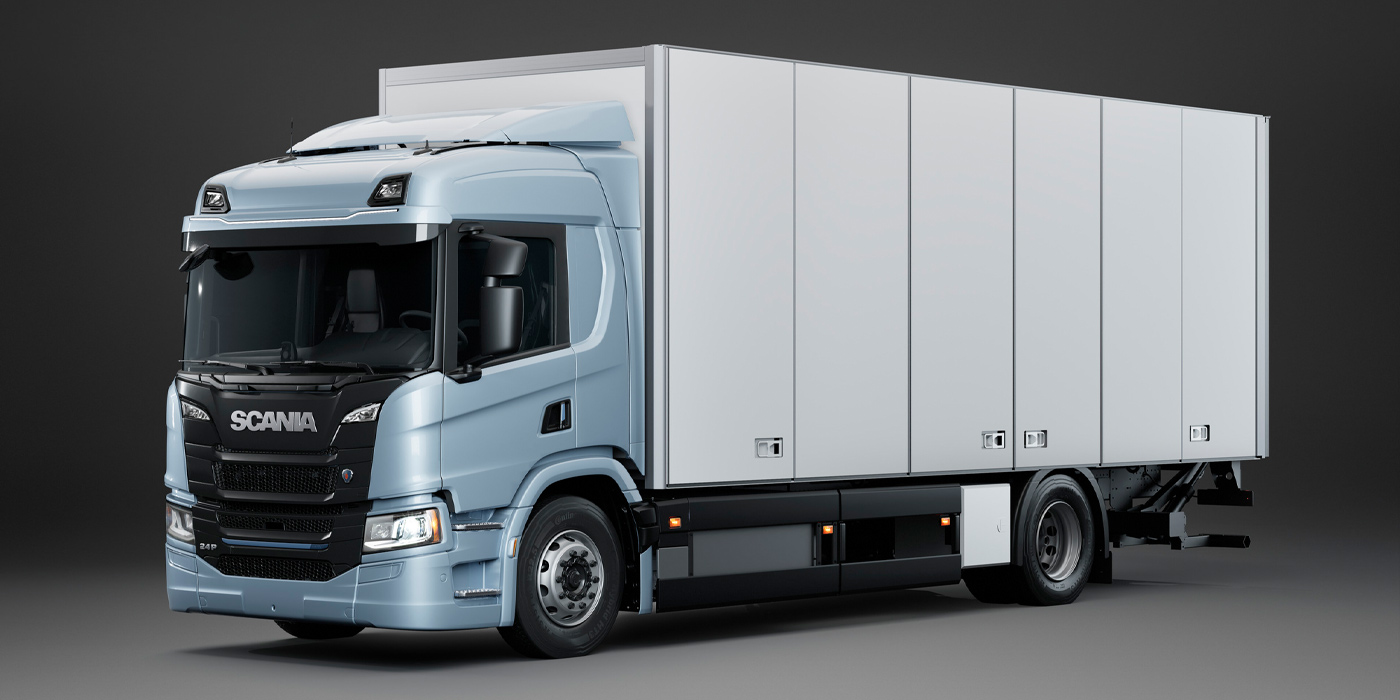When you pull up to a gas station, there are several different types of fuel to select to power your vehicle–regular unleaded, unleaded 88, diesel or others. Charging your electric vehicle (EV) is similar, in that varied levels of chargers can be used. The difference is, while gasoline-powered vehicles require the specific type of fuel for their design, EVs can refuel on any level of charging. So what charging level is right for you?
The three levels of charging
There are three basic levels of charging. As you move higher through the levels, the charging speed generally becomes faster.
Level 1 Charging = 120 Volts
Level 1 is equivalent to a standard household electrical outlet and will take the longest to charge an electric vehicle; roughly 24 hours to charge a passenger EV from empty to full battery. Situations best suited for Level 1 charging include plug-in hybrid EVs that have smaller batteries or vehicles not used daily.
Level 2 Charging = 208-240 Volts
A Level 2 charger has similar voltage to a heavy-duty appliance outlet in your home; think oven, refrigerator and clothes dryer. The charging speed improves to roughly 8 hours, meaning your EV can essentially charge overnight. This can be an effective option for EVs that are used on a daily route and not used overnight, like a mail truck or refuse vehicle.
Level 3 Charging = 400-900 Volts
Level 3 upgrades from an alternating current (AC) used in Levels 1 and 2, to a direct current (DC). Often referred to as “DC fast chargers” or “superchargers,” at the highest power level, an EV can recharge as much as 20 miles of range per minute on a Level 3 charger. Level 3 chargers offer extended possibilities for range and use, but they are more expensive to install and require a substantial power source. This level is a worthy investment for charging fleets of vehicles or for on-the-road recharging stations.
To say the EV industry is growing is an understatement. Technology updates, like larger capacity batteries and expanded charging infrastructure, will only drive EV fleets further into the mainstream. Consider what an EV fleet could look like for you, and learn how a large automotive dealer integrated a clean energy microgrid to support their charging needs.
This story was contributed by Geri Waack, director of eMobility solutions at EnTech Solutions.

